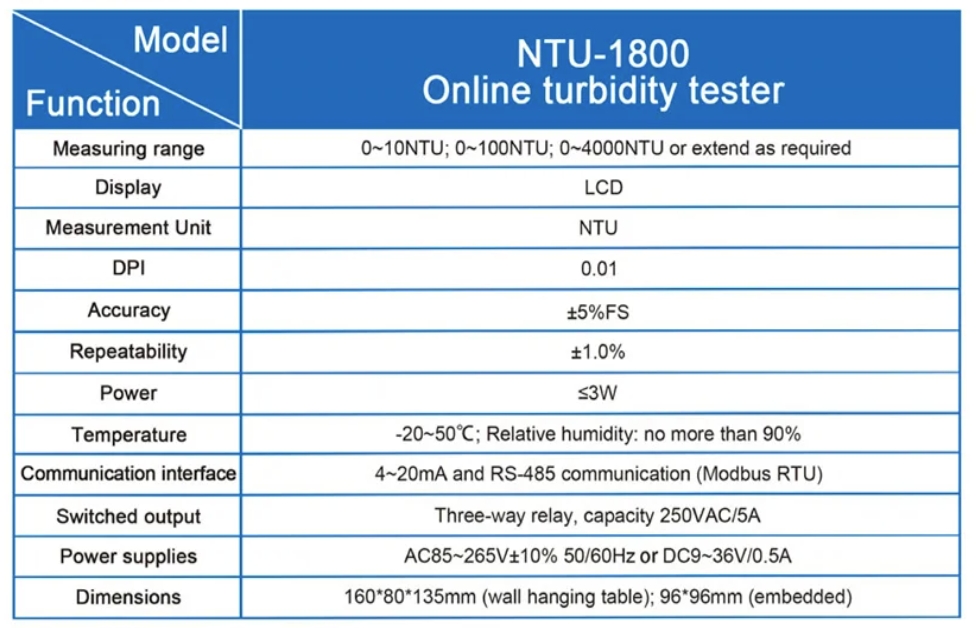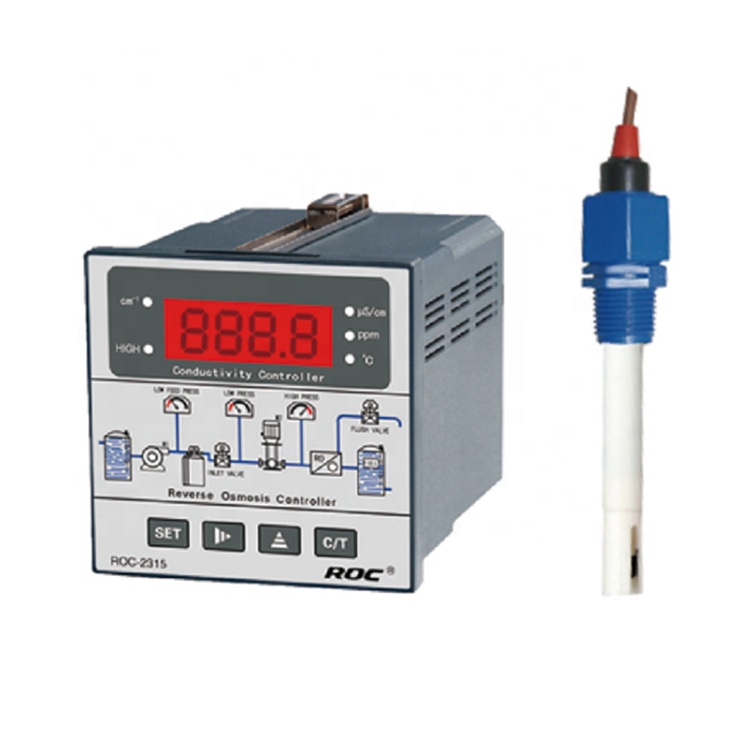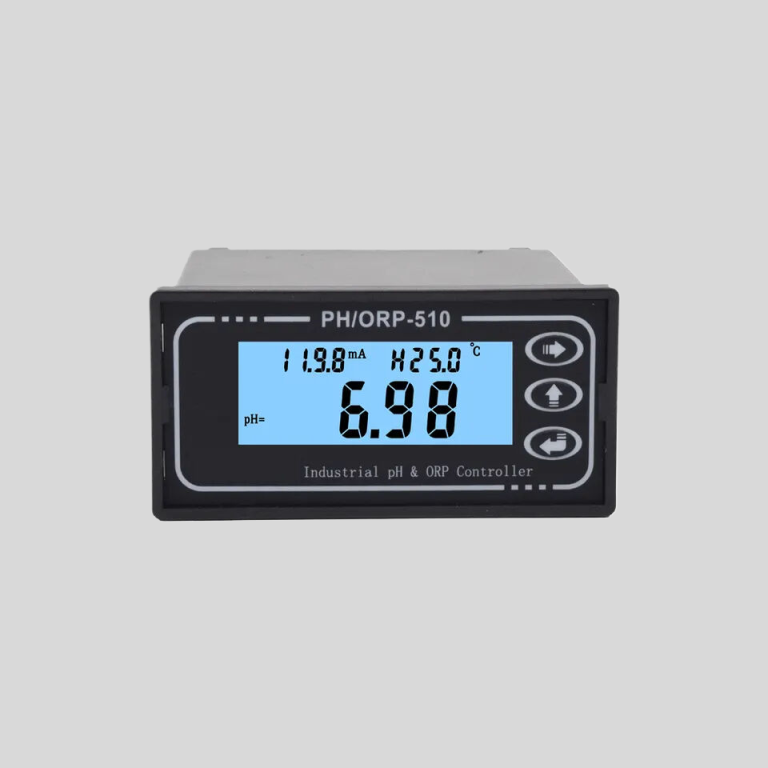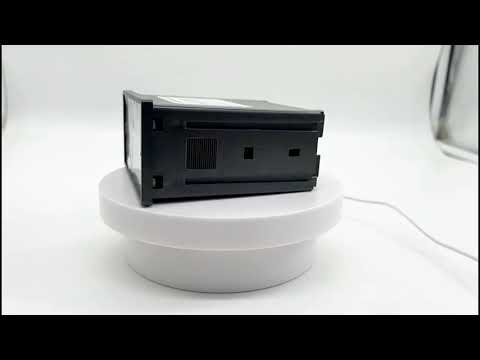Monitoring Efforts of the Safe Drinking Water Act
The Safe Drinking Water Act (SDWA) is a federal law that was enacted in 1974 to ensure that public drinking water supplies in the United States are safe for consumption. One of the key provisions of the SDWA is the monitoring of water quality to ensure that contaminants are kept at safe levels. This includes monitoring the quality of sewage treatment water to prevent harmful pollutants from entering drinking water sources.
One of the ways in which the SDWA monitors sewage treatment water quality is through the establishment of maximum contaminant levels (MCLs) for various pollutants. These MCLs are set by the Environmental Protection Agency (EPA) and represent the maximum allowable concentration of a contaminant in drinking water. Public water systems are required to test their water regularly to ensure that it meets these MCLs.

In addition to monitoring for specific contaminants, the SDWA also requires public water systems to conduct regular monitoring for coliform bacteria. Coliform bacteria are a group of bacteria that are commonly found in the intestines of warm-blooded animals, including humans. The presence of coliform bacteria in drinking water can indicate the presence of sewage or other contaminants, which can pose a health risk to consumers.
| Model | NTU-1800 Online Turbidity Tester |
| Range | 0-10/100/4000NTU or as required |
| Display | LCD |
| Unit | NTU |
| DPI | 0.01 |
| Accuracy | ±5% FS |
| Repeatability | ±1% |
| Power | ≤3W |
| Power Supply | AC 85V-265V±10% 50/60Hz or |
| DC 9~36V/0.5A | |
| Working Environment | Ambient temperature:0~50℃; |
| Relative humidity≤85% | |
| Dimensions | 160*80*135mm(Hanging) or 96*96mm(Embeded) |
| Communication | 4~20mA and RS-485 communication (Modbus RTU) |
| Switched output | Three-way relay,capacity 250VAC/5A |
To monitor for coliform bacteria, public water systems are required to take samples of their water and test them for the presence of these bacteria. If coliform bacteria are detected, the water system must take corrective action to address the issue and ensure that the water is safe for consumption.
| pH/ORP-3500 series pH/ORP Online Meter | |||
| pH | ORP | Temp. | |
| Measurement range | 0.00~14.00 | (-2000~+2000)mV | (0.0~99.9)℃(Temp. Compensation :NTC10K) |
| Resolution | 0.01 | 1mV | 0.1℃ |
| Accuracy | ±0.1 | ±5mV(electronic unit) | ±0.5℃ |
| Buffer Solution | 9.18;6.86;4.01;10.00;7.00;4.00 | ||
| Medium Temp. | (0~50)℃(with 25℃ as standard )manual / automatic temp.compensation for selection | ||
| Analog Output | Isolated one Channel(4~20)mA,Instrument / Transmitter for selection | ||
| Control Output | Double relay output(ON/OFF) | ||
| Consumption | <3W | ||
| Working Environment | Working temp. (0~50)℃;Relative humidity≤85%RH(none condensation) | ||
| Storage Environment | Temp. (-20~60)℃; Relative humidity≤85%RH(none condensation) | ||
| Dimension | 48mm×96mm×80mm (H×W×D) | ||
| Hole Size | 44mm×92mm (H×W) | ||
| Installation | Panel mounted ,fast installation | ||
In addition to monitoring for specific contaminants and coliform bacteria, the SDWA also requires public water systems to conduct regular monitoring for disinfection byproducts. Disinfection byproducts are chemicals that are formed when disinfectants, such as chlorine, react with organic matter in water. These byproducts can pose health risks to consumers, so it is important for water systems to monitor for their presence and take steps to reduce their formation.
Overall, the monitoring efforts of the Safe Drinking Water Act play a crucial role in ensuring that public drinking water supplies are safe for consumption. By monitoring sewage treatment water quality and testing for a variety of contaminants, public water systems can identify and address potential health risks before they pose a threat to consumers.

In conclusion, the Safe Drinking Water Act’s monitoring efforts are essential for protecting public health and ensuring that drinking water is safe for consumption. By establishing maximum contaminant levels, monitoring for coliform bacteria, and testing for disinfection byproducts, public water systems can identify and address potential contaminants in sewage treatment water before they enter drinking water sources. These monitoring efforts are crucial for safeguarding the health and well-being of consumers across the United States.






